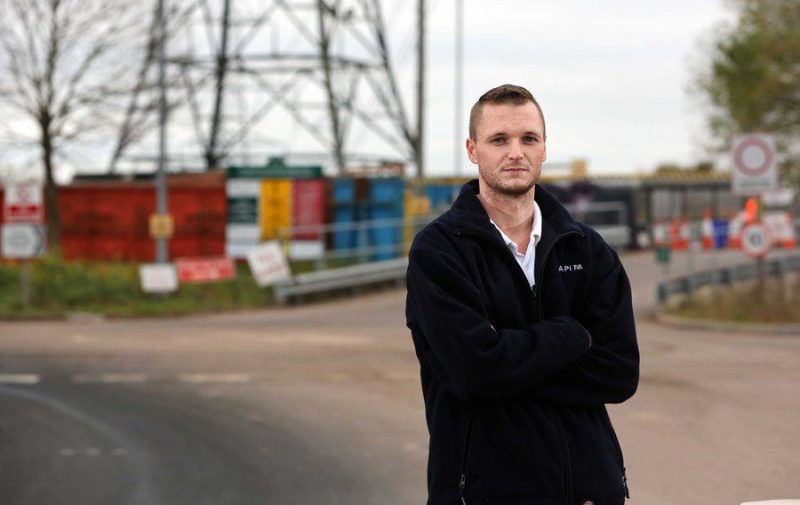James Howells, a 40-year-old computer engineer from Newport, Wales, has called off his long-running effort to unearth a hard drive that he tossed into a landfill in 2013. The device contains private keys to 8,000 Bitcoin (BTC), which today would be worth about $950 million.
12-Year Search Comes to a Close
Howells discovered the mistake in August 2013 when his partner mistook the drive for trash and hauled it—alone in a black bin bag—to Newport’s landfill. He immediately reached out to Newport City Council and offered to share up to 25 percent of any recovered funds. However, environmental rules and licensing barriers blocked his plans at every turn. After multiple appeals and judicial reviews, UK courts ruled that once the drive entered the landfill, ownership transferred to the council. Therefore, any excavation would breach environmental permits and risk ecological damage.
Legal and Environmental Hurdles
Howells proposed funding the entire excavation, estimating costs at £10 million to cover specialist machinery and site disruption. Still, the High Court denied his request, finding no feasible way to retrieve the drive from a specific “cell” amid millions of tons of compacted waste. Furthermore, experts warn that galvanic corrosion and landfill compression likely destroyed the drive’s data layers. “I have to accept that this time, it’s beyond recovery,” Howells told supporters in a public statement this week.
Crypto Lessons on Self-Custody
Howells’s saga highlights a critical truth in blockchain: if you lose your private keys, you lose your Bitcoin. Without proper backups, digital fortunes can vanish forever. For example, one user shared how he keeps paper backups in fireproof safes after hearing Howells’s story.
Key takeaways for any crypto holder include:
- Store backups in multiple secure locations, such as safety deposit boxes or encrypted cloud services.
- Use redundant storage devices to guard against hardware failure or accidental disposal.
- Regularly verify that backup methods still function, especially after device upgrades or moves.
By learning from this tale, investors can balance decentralization with the personal responsibility that self-custody demands.
